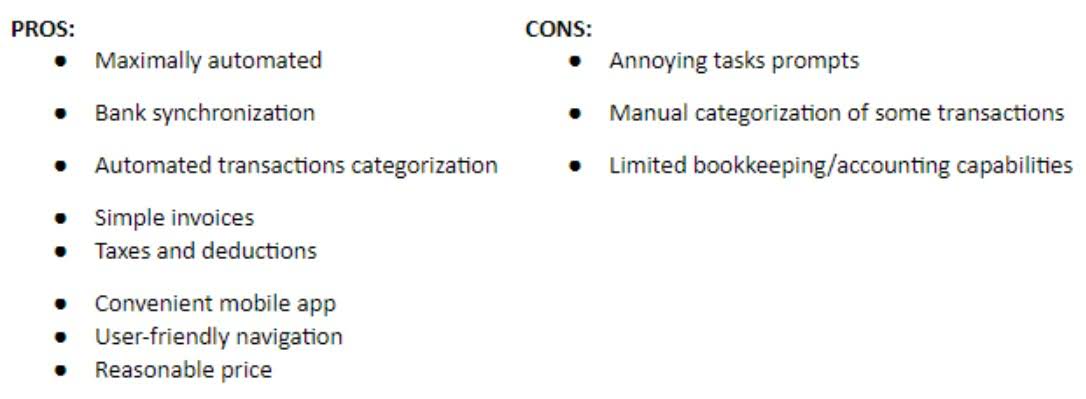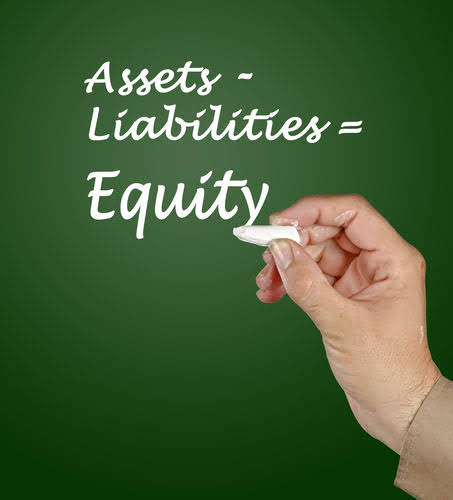
Implement robust internal controls to safeguard financial data and ensure compliance payroll with regulations. Implement access controls and regularly review and update control mechanisms. Solid internal controls instill confidence in the reliability of financial information. Your finance team can seamlessly track financial data throughout the process with the help of standardized procedures.

Record to Report Process Steps

This process helps identify and rectify any record to report discrepancies, providing a clear and accurate financial picture. Accurate financial records are crucial for maintaining transparency and ensuring that all financial activities are tracked. Effective use of ERP systems can further streamline the data collection process, allowing for seamless integration of financial data across various departments.
- Account ReconciliationInvolves aligning and cross-checking financial data across different statements, such as bank and supplier statements.
- There’s a reduced reliance on manual intervention and minimized risk of errors.
- The R2R process makes sure that every single financial transaction is captured correctly which acts as the primary building block of any reporting efforts.
- Meanwhile, the permanent accounts display the company’s long-term financial performance or position.
- It takes a team of qualified, skilled, and experienced professionals to work on a successful Record to Report project.
Common Challenges in the R2R
Manual EffortsMany Record-to-report processes rely on manual data entry and reconciliation, which is time-consuming and prone to errors. Automation is often needed to streamline these tasks and reduce reliance on manual efforts. Automation applications such as systems for financial reporting or ERP Systems facilitate collection virtual accountant and validation of data for reporting cycles thus speeding up and enhancing the accuracy of the reporting Cycles. Depending on the country where an organization is based; every business organization is required to observe legal provisions and set regulatory measures so as to avoid legal and reputational consequences. The R2R process assists their construction in this respect by simplifying to the management how they have to prepare their financial data to fit with the regulations so as to mitigate any risks of breach.

Record to Report (R2R) Process: A Complete Guide for Streamlined Financial Reporting
Your organization must focus on improvement and compliance throughout the process. Implementing these measures ensure adherence to accounting standards and regulatory requirements. Furthermore, the ongoing commitment helps enhance the effectiveness and reliability of the process.

- During consolidation, it’s important to compile all relevant financial records and ensure that intercompany transactions are correctly accounted for.
- The integration ensures consistent financial information and makes the process efficient.
- Keeping the process efficient is going to require investments in technology and training, you must evaluate the costs against the benefits and look for efficiencies where possible.
- The record to report process incorporates strong internal controls and ensures data accuracy that facilitates adherence to regulatory requirements.
A streamlined closing cycle, facilitated by robust accounting processes and ERP systems, helps in meeting regulatory compliance and ensuring that financial statements are prepared promptly and accurately. After consolidation, the data is used to generate detailed financial reports. These reports are essential for internal stakeholders, such as management and the accounting team, as well as external stakeholders like auditors and regulatory bodies.

